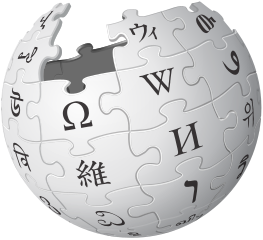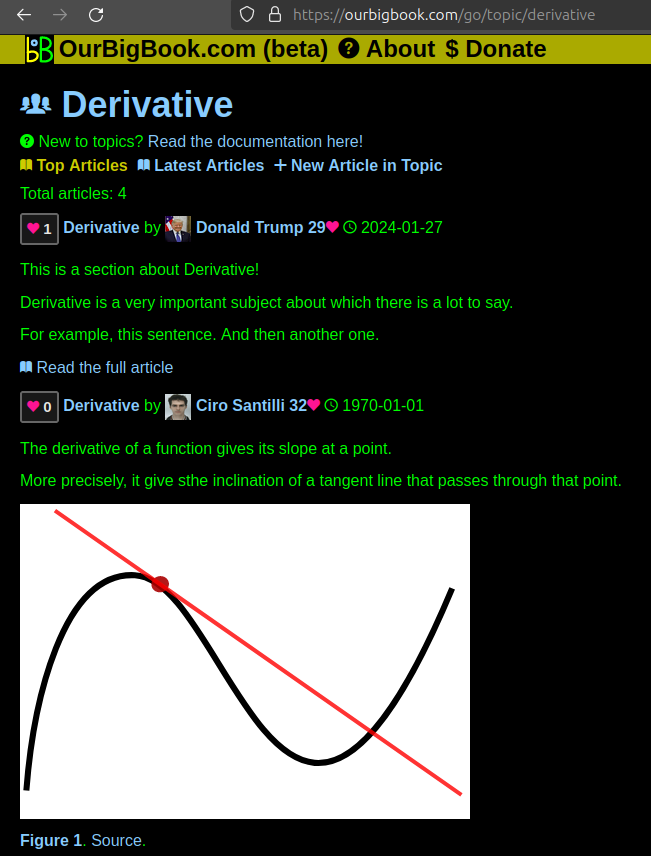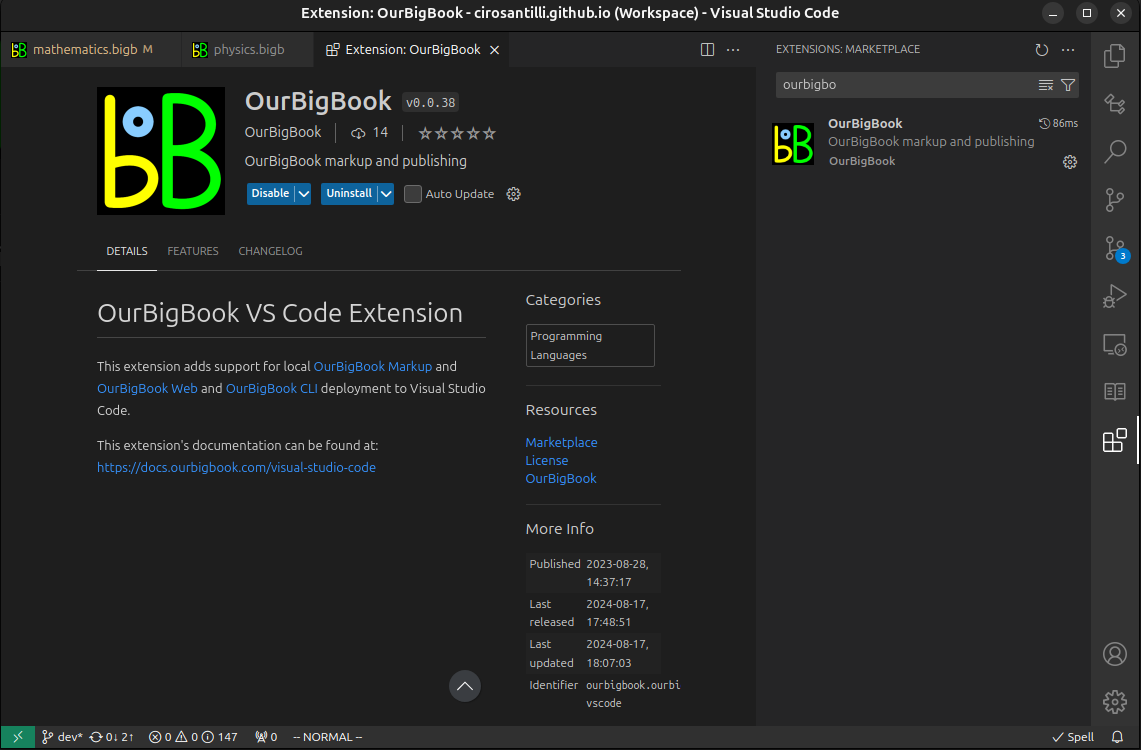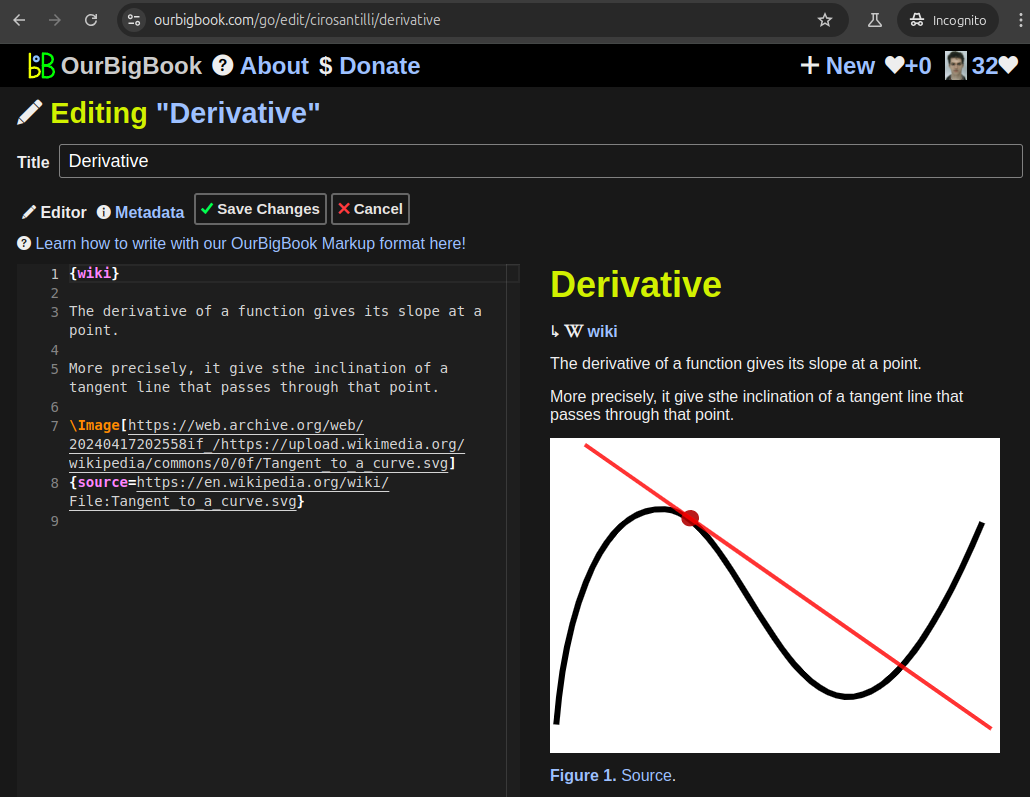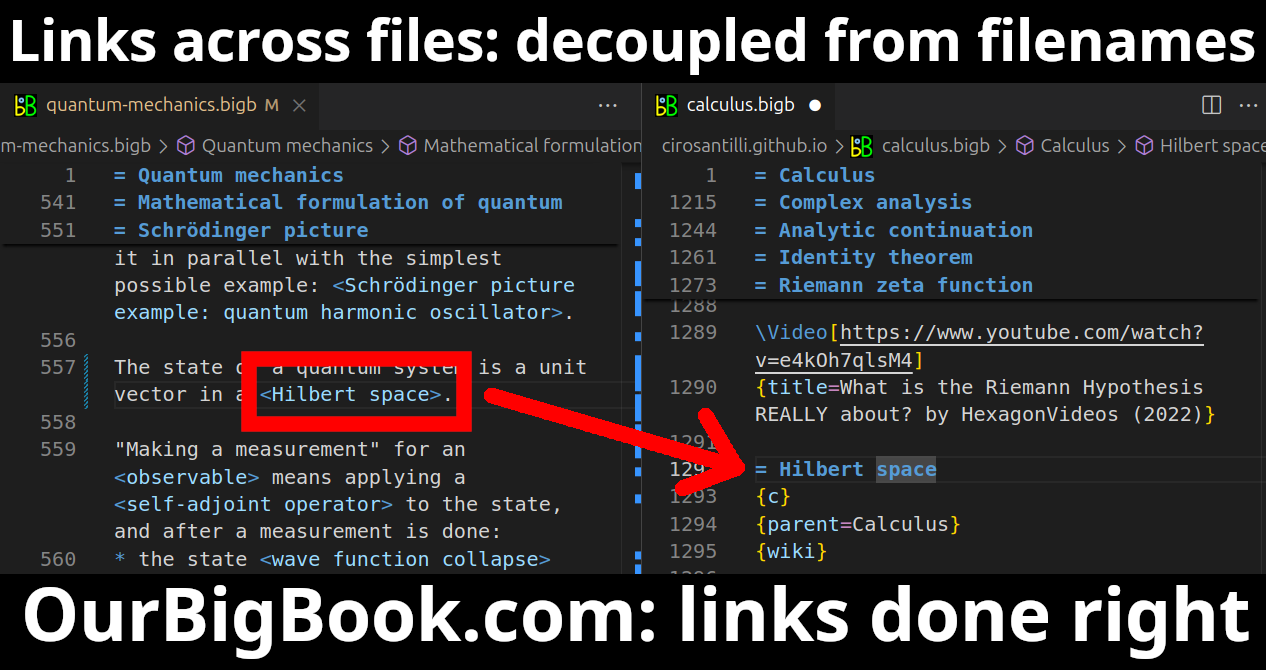Javier Santaolalla is a Spanish physicist, communicator, and popular science educator known for his work in making complex scientific concepts accessible to the general public. He is recognized for his engaging presentations, online courses, and participation in various media platforms where he discusses topics related to physics, science, and technology. Santaolalla has a strong presence on social media and YouTube, where he shares educational content and promotes science literacy.
Felix A. Aharonian is a prominent astrophysicist known for his contributions to the field of high-energy astrophysics and the study of cosmic rays. He has been involved in research related to very high-energy gamma-ray astronomy and the understanding of the sources and mechanisms of cosmic rays. Aharonian is also known for his work on the H.E.S.S.
Austrian physical chemists are scientists from Austria who specialize in the field of physical chemistry, which is the study of how matter behaves on a molecular and atomic level and how chemical reactions occur. This field combines principles of physics and chemistry to understand the physical properties of molecules, the changes they undergo during chemical reactions, and the energy transformations involved. Austrian researchers have made significant contributions to physical chemistry over the years.
Jean Jeener is a well-known figure in the field of chemistry, particularly recognized for his contributions to the development of techniques in magnetic resonance, including nuclear magnetic resonance (NMR). He is particularly famous for the invention of the "Jeener-Brooksher experiment," which significantly improved the capabilities of multidimensional NMR spectroscopy. This method has been widely utilized in various fields, including chemistry, biochemistry, and pharmaceuticals, to study molecular structures and dynamics.
Barbara Kraus may refer to multiple individuals, and without specific context, it's difficult to pinpoint exactly who you're talking about. One notable Barbara Kraus is an American author known for her works on topics like health, nutrition, and holistic living. There might also be other professionals or public figures with that name in different fields.
Heinrich Streintz is known for his contributions to the field of electric engineering and renewable energy, particularly in the context of research and development. He is often associated with initiatives aimed at integrating innovative technologies into energy systems.
Jakob Yngvason is a notable physicist known for his contributions to the fields of theoretical physics and mathematical physics, especially in the areas of statistical mechanics and quantum mechanics. He has been involved in research related to the foundations of thermodynamics and the interplay between quantum mechanics and statistical physics.
Ludwig Flamm may refer to a historical figure or a specific concept, but without additional context, it is difficult to provide a precise answer. If you are referring to a scientist, philosopher, or any person with that name, they may have contributed to a particular field such as physics, mathematics, or another area of study.
As of my last knowledge update in October 2023, Thomas Schrefl may not be a widely recognized public figure or widely known in major news outlets. It's possible that he could be an individual in academia, business, arts, or another field not covered in prominent sources. If you have more context or specific details about who you are referring to, I may be able to provide further information or clarify. Otherwise, consider checking the latest sources or databases for the most current information.
Bahram Askerov is a notable figure known for his contributions to humanitarian and human rights work, particularly in the context of Azerbaijan and its regional dynamics. He has been recognized for his efforts in advocating for social justice, legal reforms, and the protection of human rights in areas affected by conflict or political strife.
As of my last update in October 2023, there doesn't appear to be prominent information about an individual named Kerim Allahverdiyev in widely recognized sources. It's possible that he may be a private individual, a figure from a specific field (like academia, art, etc.), or someone who has gained recognition after that time.
Semen Altshuler is a notable figure in the field of theoretical physics, particularly known for his work on condensed matter physics. He has made significant contributions to the understanding of quantum systems, including topics related to many-body physics, quantum phases of matter, and the properties of complex materials. Additionally, Altshuler's work often intersects with areas such as statistical mechanics and quantum information.
Diederik Aerts is a Belgian physicist known for his work in the field of quantum physics and its philosophical implications. He has contributed to the understanding of the foundations of quantum mechanics, particularly focusing on issues related to measurement, reality, and the interpretation of quantum theory. Aerts is also involved in the development of a framework called "quantum-like models," which seeks to apply concepts from quantum mechanics to other areas, such as cognition and decision making.
Marc Henneaux is a prominent Belgian physicist known for his work in theoretical physics, particularly in the fields of quantum gravity and string theory. He has made significant contributions to the understanding of mathematical physics and the foundational aspects of quantum field theory. Henneaux is also recognized for his research on the role of symmetries in physics, including the study of gauge theories and the dynamics of gravitational systems.
Zénobe Gramme (1826-1901) was a Belgian engineer and inventor best known for his development of one of the first practical direct current (DC) electric motors and generators. He is often credited with making significant contributions to the field of electrical engineering in the 19th century. Gramme's most notable invention is the Gramme machine, which was a type of dynamo that could efficiently convert mechanical energy into electrical energy and vice versa.
Pinned article: Introduction to the OurBigBook Project
Welcome to the OurBigBook Project! Our goal is to create the perfect publishing platform for STEM subjects, and get university-level students to write the best free STEM tutorials ever.
Everyone is welcome to create an account and play with the site: ourbigbook.com/go/register. We belive that students themselves can write amazing tutorials, but teachers are welcome too. You can write about anything you want, it doesn't have to be STEM or even educational. Silly test content is very welcome and you won't be penalized in any way. Just keep it legal!
Intro to OurBigBook
. Source. We have two killer features:
- topics: topics group articles by different users with the same title, e.g. here is the topic for the "Fundamental Theorem of Calculus" ourbigbook.com/go/topic/fundamental-theorem-of-calculusArticles of different users are sorted by upvote within each article page. This feature is a bit like:
- a Wikipedia where each user can have their own version of each article
- a Q&A website like Stack Overflow, where multiple people can give their views on a given topic, and the best ones are sorted by upvote. Except you don't need to wait for someone to ask first, and any topic goes, no matter how narrow or broad
This feature makes it possible for readers to find better explanations of any topic created by other writers. And it allows writers to create an explanation in a place that readers might actually find it.Figure 1. Screenshot of the "Derivative" topic page. View it live at: ourbigbook.com/go/topic/derivativeVideo 2. OurBigBook Web topics demo. Source. - local editing: you can store all your personal knowledge base content locally in a plaintext markup format that can be edited locally and published either:This way you can be sure that even if OurBigBook.com were to go down one day (which we have no plans to do as it is quite cheap to host!), your content will still be perfectly readable as a static site.
- to OurBigBook.com to get awesome multi-user features like topics and likes
- as HTML files to a static website, which you can host yourself for free on many external providers like GitHub Pages, and remain in full control
Figure 3. Visual Studio Code extension installation.Figure 4. Visual Studio Code extension tree navigation.Figure 5. Web editor. You can also edit articles on the Web editor without installing anything locally.Video 3. Edit locally and publish demo. Source. This shows editing OurBigBook Markup and publishing it using the Visual Studio Code extension.Video 4. OurBigBook Visual Studio Code extension editing and navigation demo. Source. - Infinitely deep tables of contents:
All our software is open source and hosted at: github.com/ourbigbook/ourbigbook
Further documentation can be found at: docs.ourbigbook.com
Feel free to reach our to us for any help or suggestions: docs.ourbigbook.com/#contact
